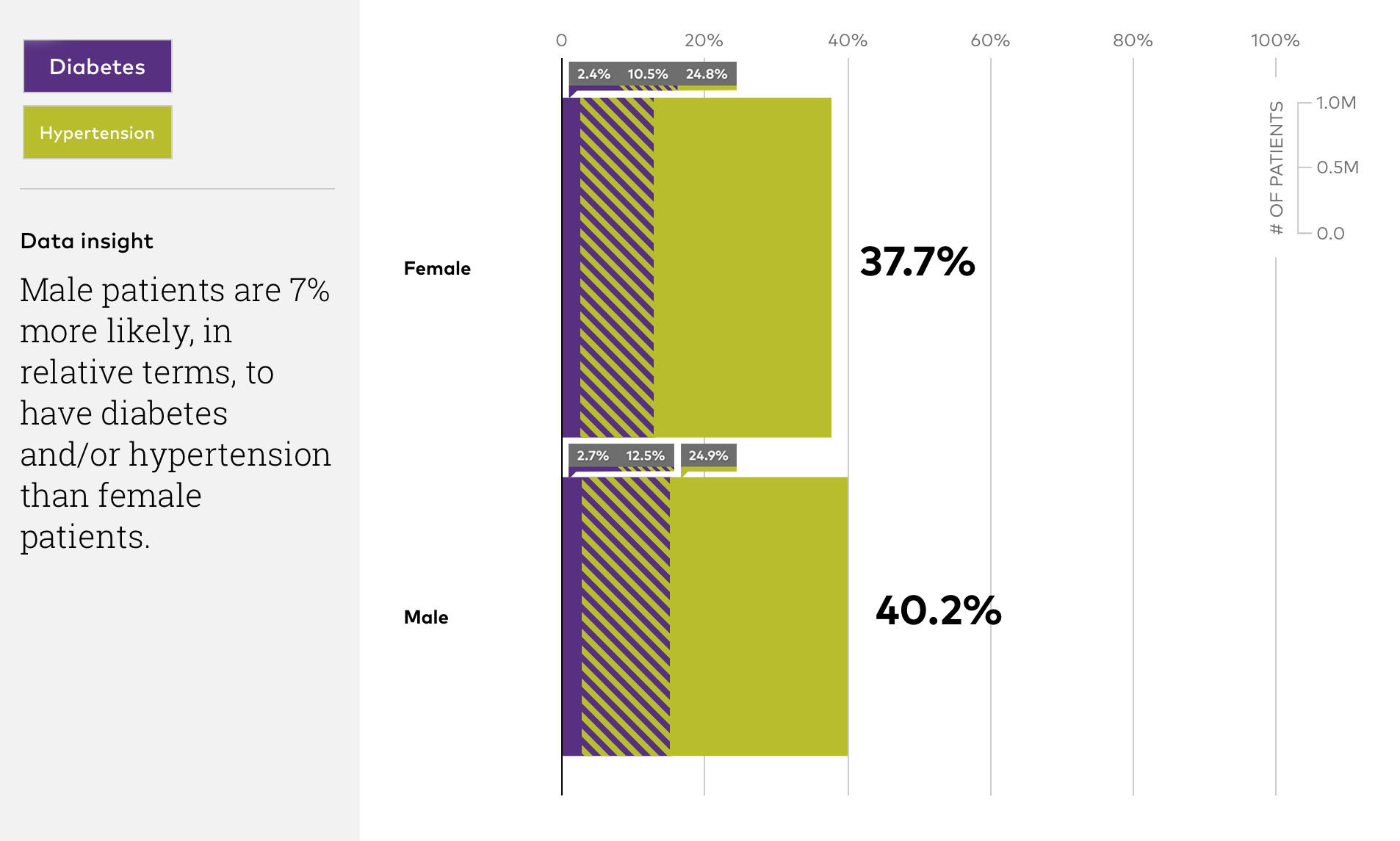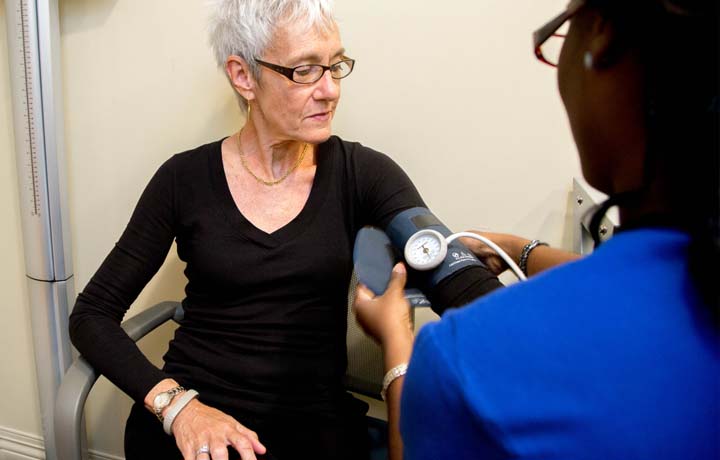Article
Chronic conditions data set: A doctor weighs in
By Lia Novotny | February 28, 2020

Sixty percent of Americans live with chronic conditions – more than 40 percent with more than one. Treating and supporting these patients may be the most complex job of physicians today.
An interactive analysis of data from the athenahealth network on over 4 million patients with chronic conditions by prevalence, comorbidities, and demographics shows why.
Bernadette Sheridan, M.D., family physician at Grace Family Medical Practice in Brooklyn, New York, looks at key findings in the visualization in terms of her knowledge of her individual patients' health and lives — and shares her takeaways from the data.
Her insights underscore the adage that health data is only as useful as the insights that physicians bring to it from a deep understanding of their patients' lives.
On diagnosing women

In exploring the overlaps between diabetes and hypertension revealed in the data, Sheridan observes, “Diabetes and hypertension are married – these data show that clearly – but there appears to be a larger overlap in diabetes and hypertension among men than women. Rather than a genuine difference, to me this suggests a problem in diagnosing women that we need to pay attention to.
"Ironically, this may be because women come in for care earlier, making it easier to miss the early signs of hypertension, and early care is key. Instead, we may focus only on treating the diabetes and not always check for hypertension at follow-up visits. Men come in when they are sicker, making them easier to diagnose.
"We need to up our game when it comes to recognizing the signs of hypertension in women, particularly those with diabetes. Hypertension is the silent killer – especially for women."
On risks for commercially-insured patients

On variances in data between commercially-insured and Medicare patients, Sheridan comments: “The fact that diabetes visits are much higher for Medicare patients than for those with commercial insurance is a good reminder for providers not to lump these two populations together.
"Medicare patients are older retirees, whereas commercial patients tend to be younger, employed adults who often assume that they are healthy. For the most part, older patients have already been diagnosed with diabetes; they are already seeing their physicians three to four times a year."





